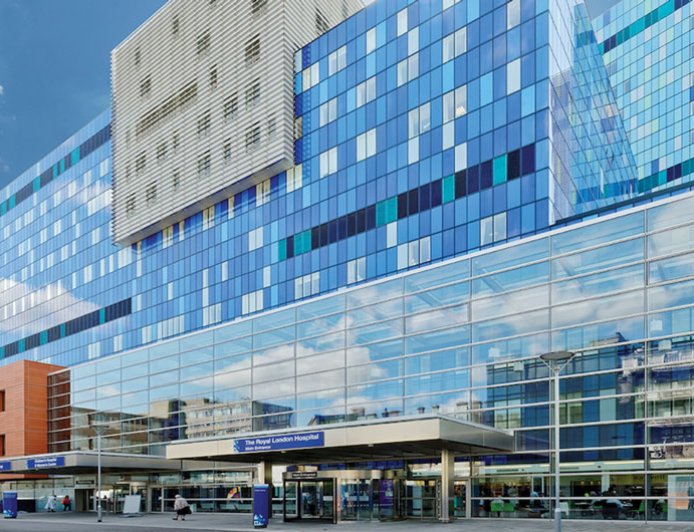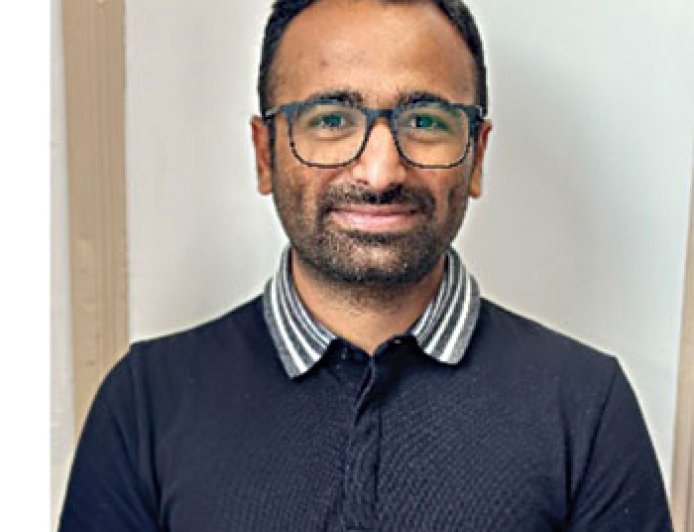Integration of BIM and IoT for Smart Construction Management

The new generation construction industry is evolving and backed by innovative platforms such as Building Information Modeling (BIM) and the Internet of Things (IoT). This has immensely revolutionized the handling of construction projects by encouraging efficiency, safety, and the aspect of sustainability. This paper’s purpose is to discuss the combination of BIM with IoT with reference made to its efficacy in smart construction management, and a case study of it.
Enhancing the decision making for the planning and design of the project
Streamlining construction processes
Case Study: New Hospital Complex, London (2023)
• High operating expenses
• The biggest issues are the unsuitable dynamics of costs and cost control about resources and time expenditures.
• Due to data entry errors, various cases
of duplication and insecurity
were reported.
 Solution:
Solution:
These main issues were then broadcast and in response to the problem, slides introducing the use of IoT sensors and creating a small-scale BIM model were provided to the group assigned to the project. These were characteristic of construction structures, the effectiveness of the utilized tools, or the working environment, which were constantly incorporated into the BIM model. This enabled:
• Real-time monitoring: What was obtained from the BIM-IoT integration was the progress report of the construction work and the consumables used in the process, the safety incidence records available which depicted the high efficiency of the concern, and the rate of work progress.
• Predictive maintenance: This was well maintained to optimum standards, such as the motion sensitive lights that were put on those pieces of equipment that only needed oil check or some other similar requirement, so that once it is due then it could be tended before it becomes a hinderance to the fluid business activities of the firm.
• Enhanced safety: An enhancement of the appreciation of hazards was done through site inspections to ensure that there was no adverse outcome to safety.
Recommendations
 Based on the successful integration of BIM and IoT in the New Hospital Complex project, the following recommendations are made. After the analysis of the integration of BIM and IoT in the New Hospital Complex, the following recommendations are provided:
Based on the successful integration of BIM and IoT in the New Hospital Complex project, the following recommendations are made. After the analysis of the integration of BIM and IoT in the New Hospital Complex, the following recommendations are provided:
• Invest in IoT infrastructure: IoT is something that construction firms should incorporate in their organizations through putting in place sensors and data management devices used in the acquisition and analysis of information in real-time.
• Develop integrated platforms: Ensure that it is real time and also have interactivity during choosing process and ensure that the selected can also support BIM and IoT.
• Emphasize training: Upgrade the skills of the workforce about the competencies needed for proper use of BIM and IoT developments.
• Implement pilot projects: Following this, you should conduct the mini programs to learn how well the suggested solutions are going to apply and possible problems.
Conclusion
 |
Bhavin Lakhani Project Controls Specialist Lead, PMP, CCM, & Chartered Enginee |







